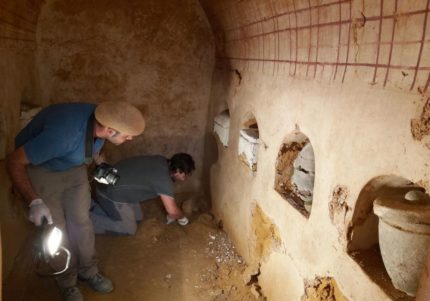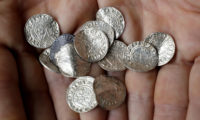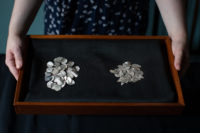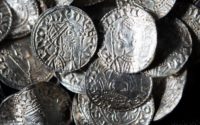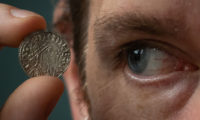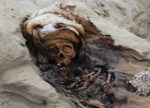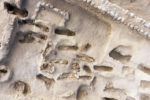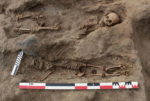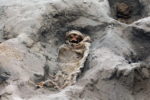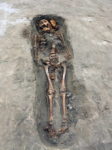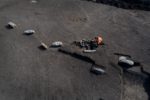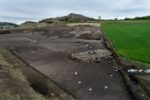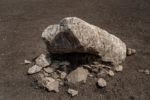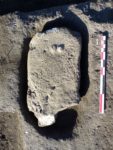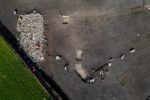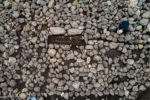Parks Canada has released the first film taken inside of the wreck of the HMS Terror. A remotely-operated vehicle explored the interior of the ship, recording high-definition video of the cabins and the astonishingly well-preserved artifacts still in place.
Over seven days, under exceptional weather conditions, the interior spaces of the wreck of HMS Terror were scientifically and systematically explored for the first time. Parks Canada’s Underwater Archaeology Team conducted seven ROV dives and explored 20 cabins/compartments on the ship, in search of uncovering a better understanding of the fate of the Franklin expedition. The team obtained clear images of over 90 per cent of the lower deck of the ship, which includes the living quarters of the crew.
Parks Canada’s Underwater Archaeology Team reports that HMS Terror has been well-preserved by the cold deep water of Terror Bay and layers of protective sediment. In fact, sedimentation provides the best conditions for preservation as it allows for an environment with less oxygen (anaerobic), which helps preserve organics, like paper.
In the officers’ cabins, Parks Canada’s Underwater Archaeology Team discovered beds and desks in place, in addition to shelves with some items on them. Other findings include: shelves with plates and glass bottles (tumblers and stemware glasses) in what is believed to have been the officers’ mess pantry and rows of shelves with plates, bowls, and glasses – all intact – in the forward area where the accommodations for the common sailors would have been located.
The Captain’s cabin is the best preserved space of the entire lower deck. Parks Canada’s Underwater Archaeology Team discovered that a significant amount of sediment has seeped through the stern gallery windows, covering a good portion of the artifacts and likely preserving what lies beneath. The Captain’s desk, map cabinets with drawers closed, boxes that most likely contain scientific instruments, a complete tripod (similar to a surveyor’s tripod) and a pair of thermometers were identified. The only space on the lower deck that remains inaccessible is the Captain’s sleeping quarters, behind the only closed door on this deck.
The HMS Erebus was the flagship commanded by Sir John Franklin on his doomed 1845 expedition to find the Northwest Passage. The Terror was commanded by Captain Francis Crozier. The ships were stranded in the ice off King William Island in September of 1846 and the crew abandoned both vessels. A note left by Francis Crozier in April of 1848 records that 105 of the original 129 member crew had left the ships. By the time he wrote the letter, 24 of the 105 were already dead, Sir John Franklin among them. Crozier stashed the letter in a stone cairn on King William Island and set off towards a river with the surviving crewmen. Hypothermia, starvation and disease killed them all. What little we know of how the expedition met its horrific end has come down to us from the letter (discovered by the McClintock expedition in 1859), Inuit witnesses and the remains of three bodies buried on King William Island.
Many dozens of expeditions and 168 years later, the wreck of the HMS Erebus was discovered in the Victoria Strait by the Arctic Research Foundation (ARF) in 2014. The wreck of the HMS Terror was discovered in Terror Bay in September 2016. No artifacts have been recovered from the Terror yet, but several objects from the Erebus, most notably the ship’s bell, have been.
The exceptional condition of the contents of Terror make it probably that future dives might recover written documents like ship’s logs that will shed new light on the ill-fated expedition. The water temperature is consistently 0 degrees Celsius or lower, there is no light penetration and sediment has provided an extra layer of protection.
